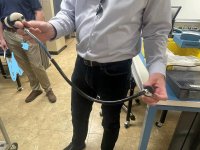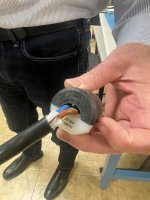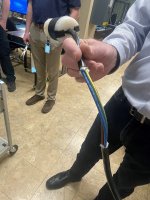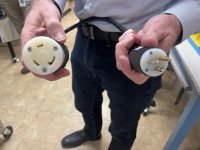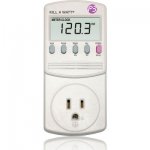Not to mention a mis-calculation and -application by whomever assembled and installed it.
Roger that, claims investigators who discover burnt extension cords, can't be forced to cover violated-equip. listings, or uses not permitted.
Since the NEC can't keep topics in the same place, it recently took the code experts and historians on
this forum about a month of concerted effort to track down some extension-cord uses not permitted, without any cross reference to each other.
If memory serves:
400.12(1-7) Flexible cords cant be used as permanent wiring, thru walls, ceilings, doors, windows, attached to surfaces, or subject to damage.
210.50(C) Cords cant reach outlets > 6ft away.
430.22(G) => #14 cord or wire for motor operated appliances.
I'm sure there's more references to strain relief, max length, wet or classified locations, etc..


